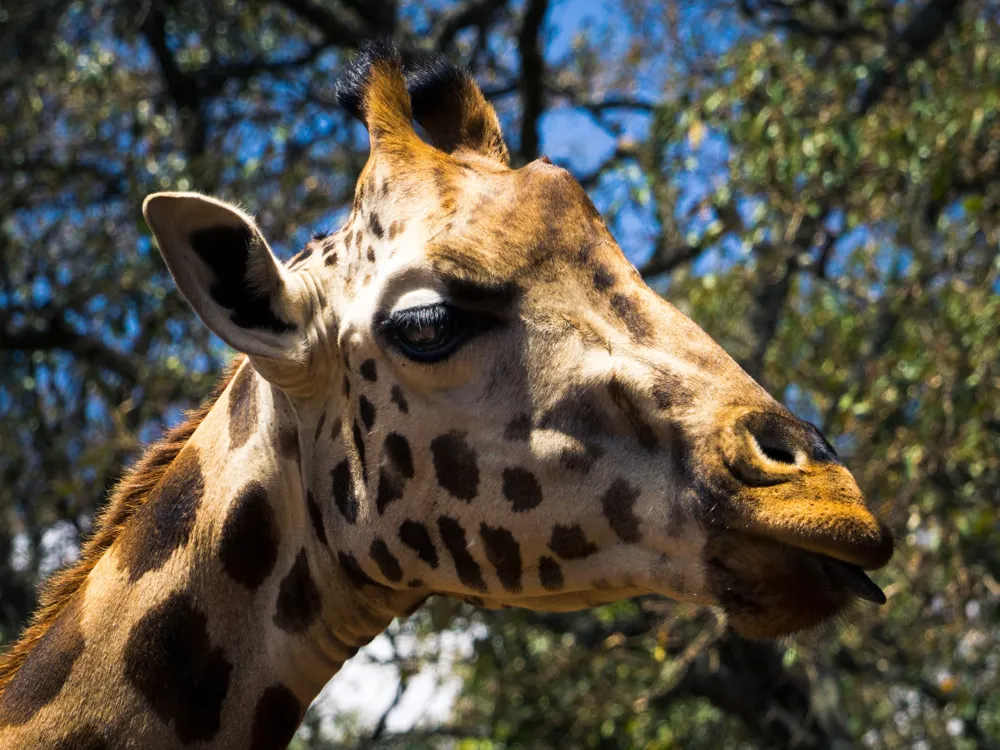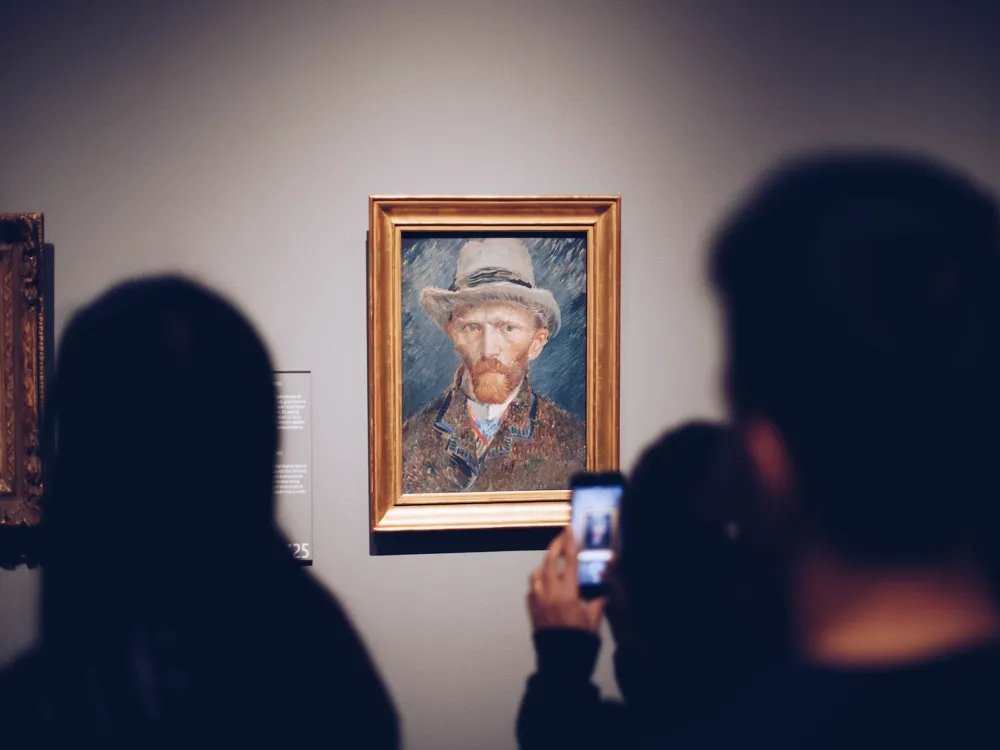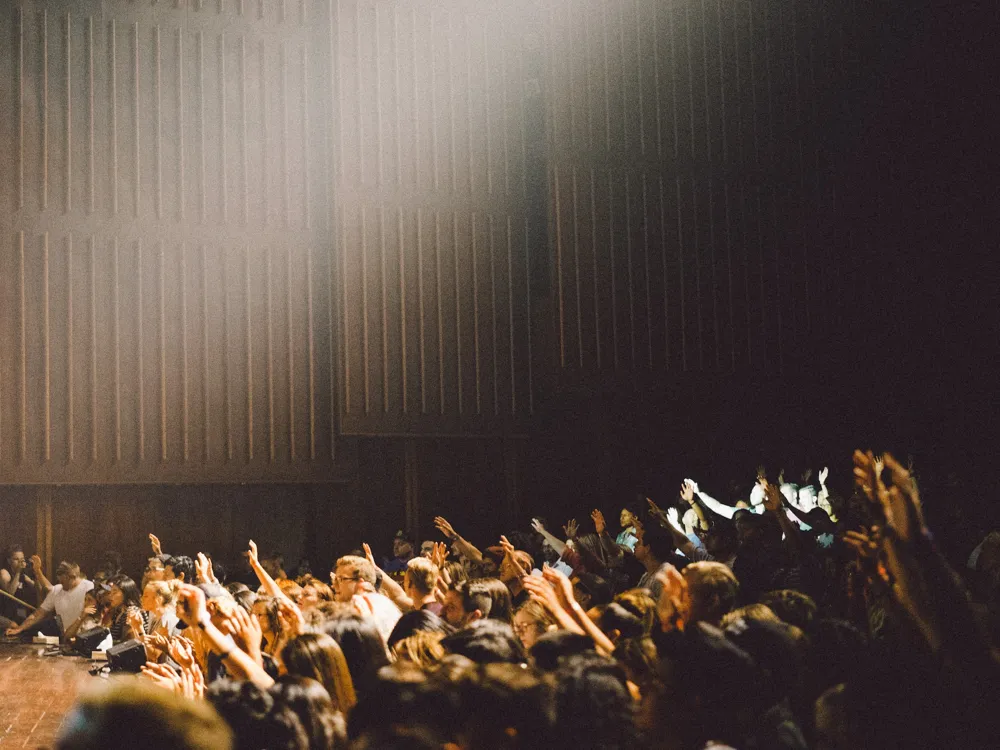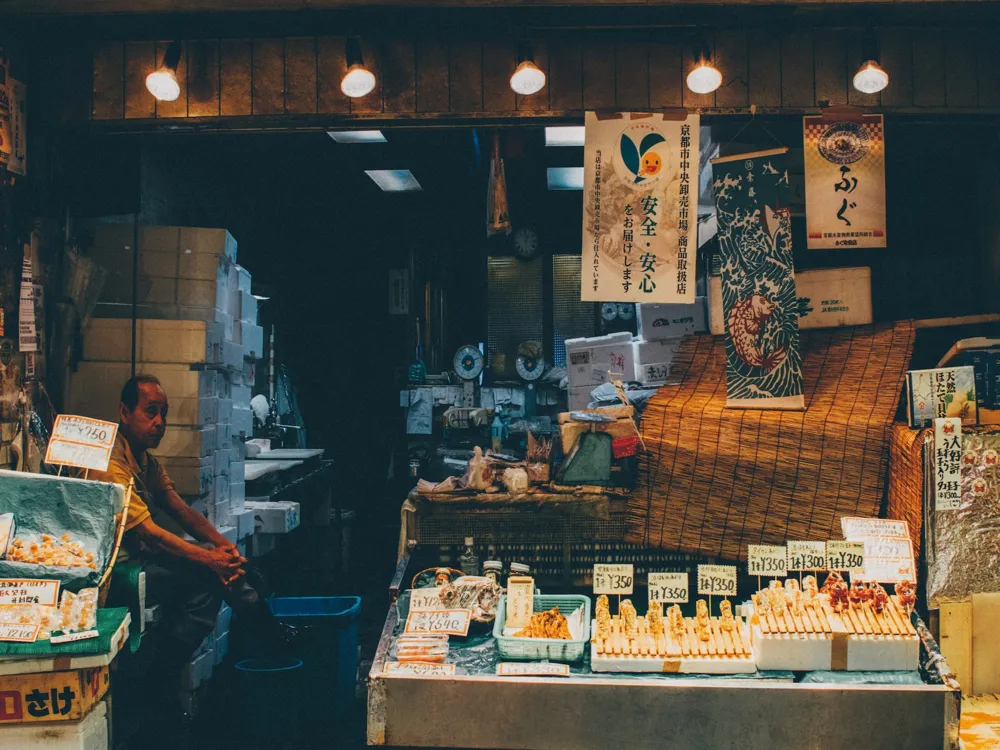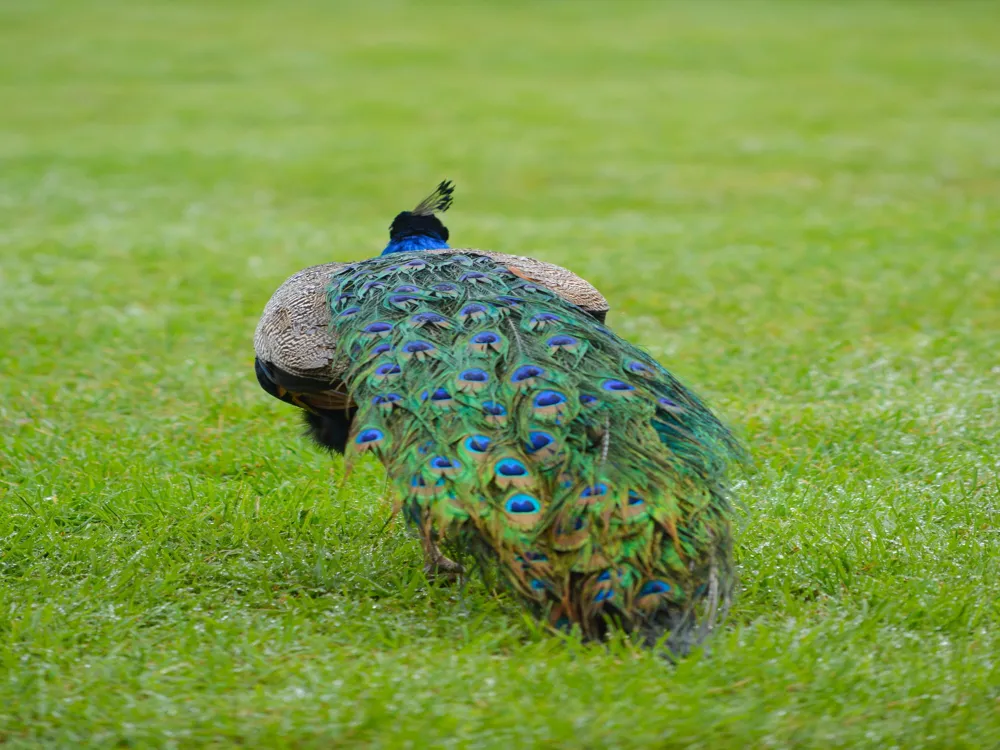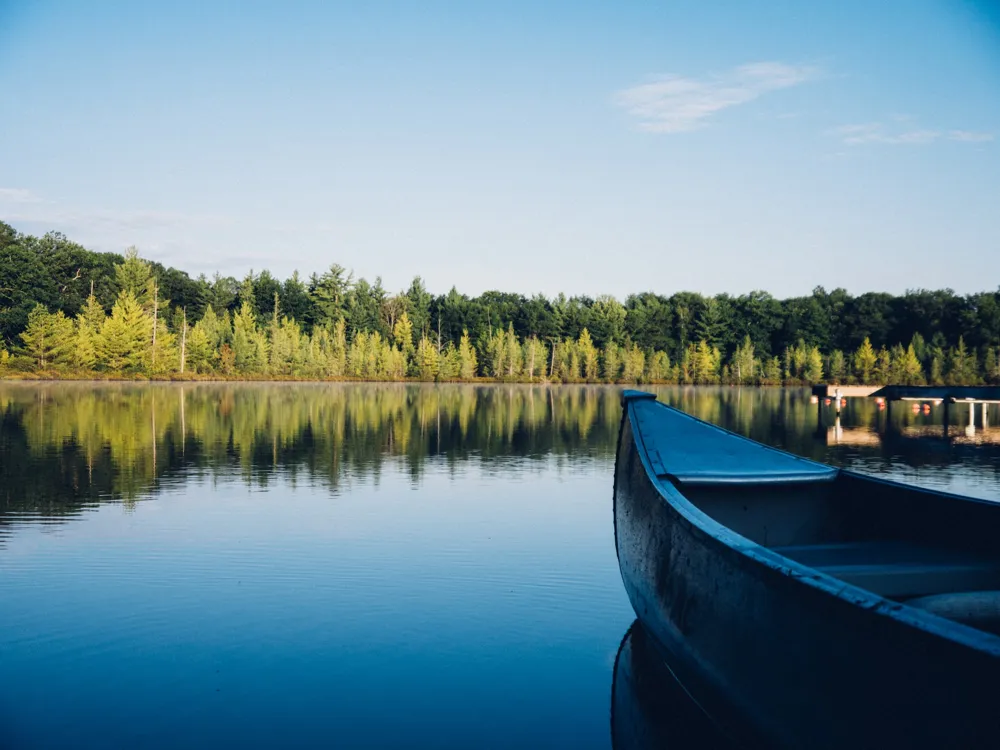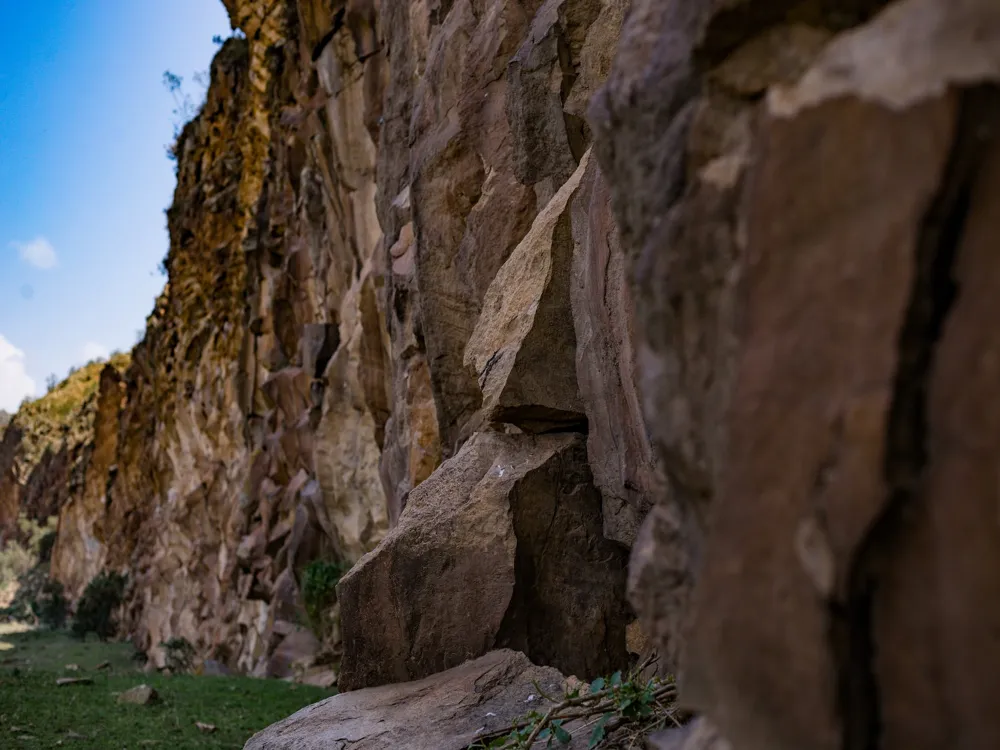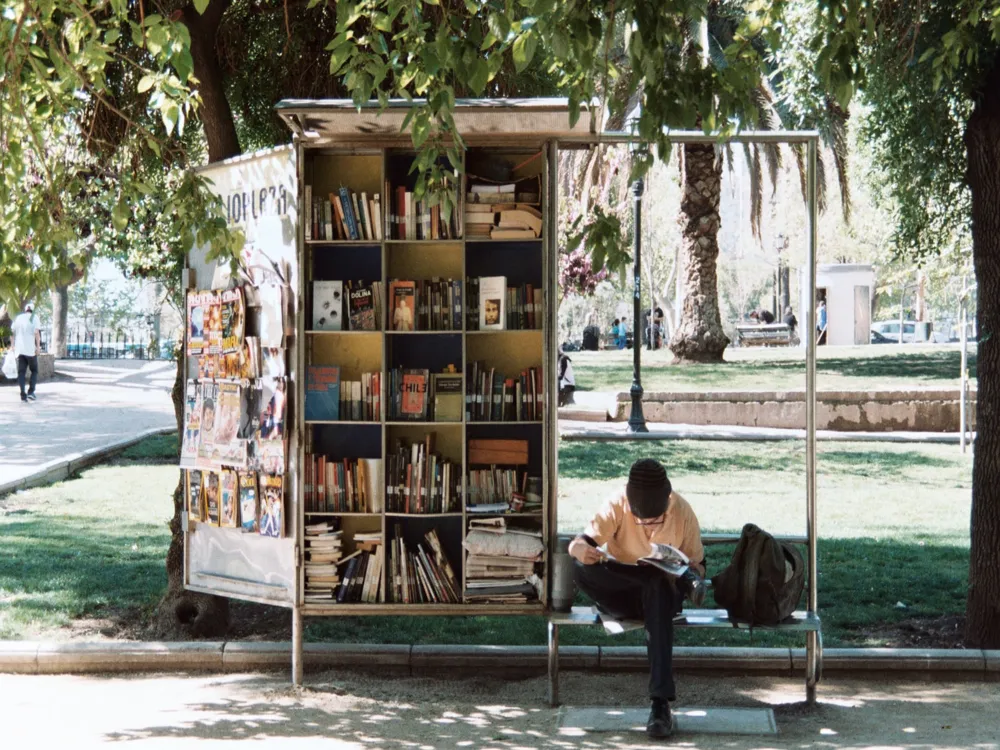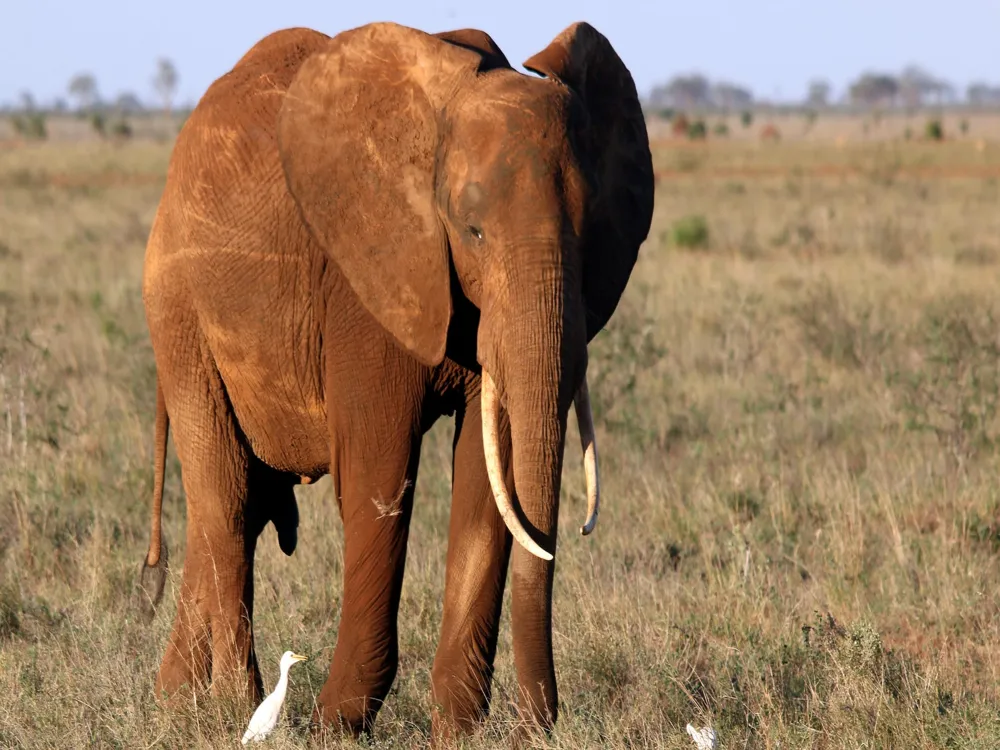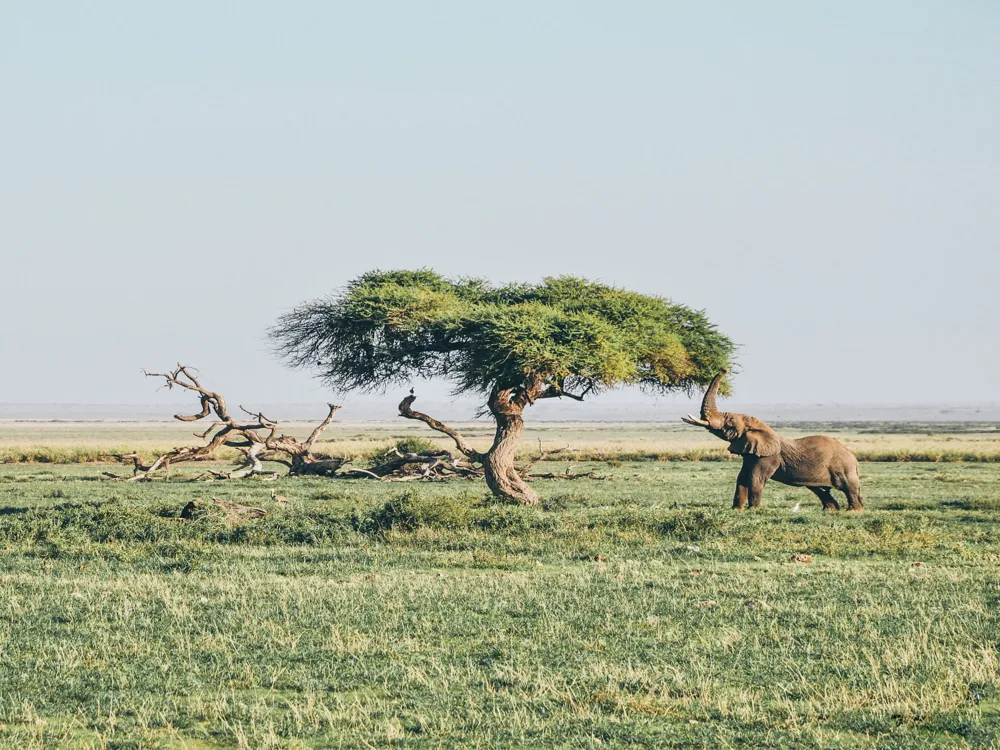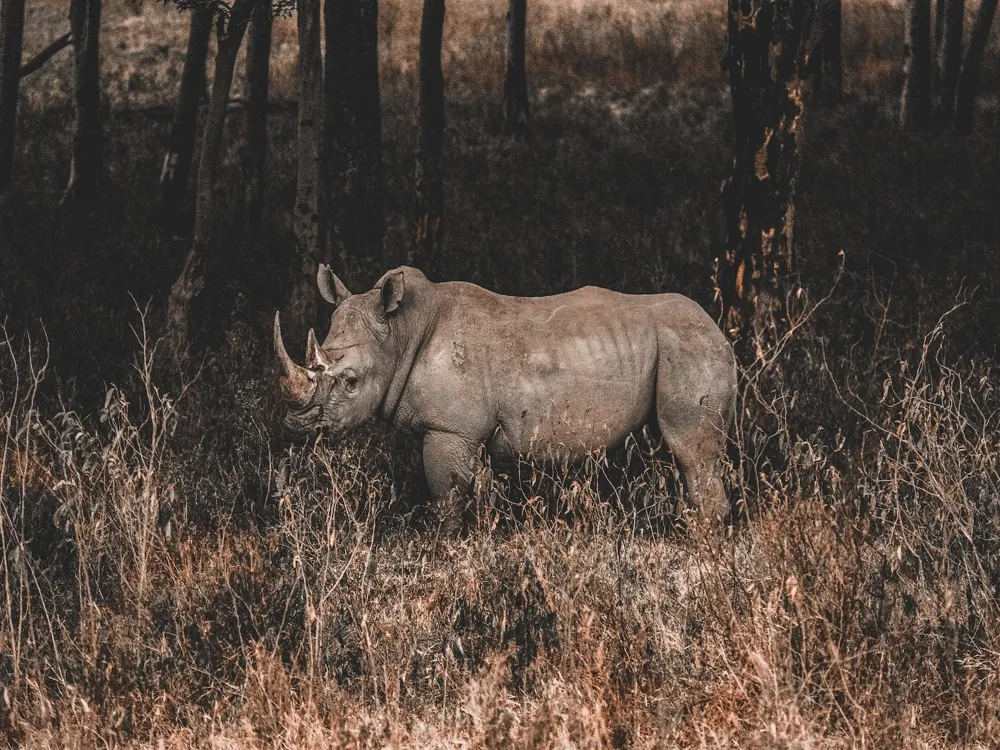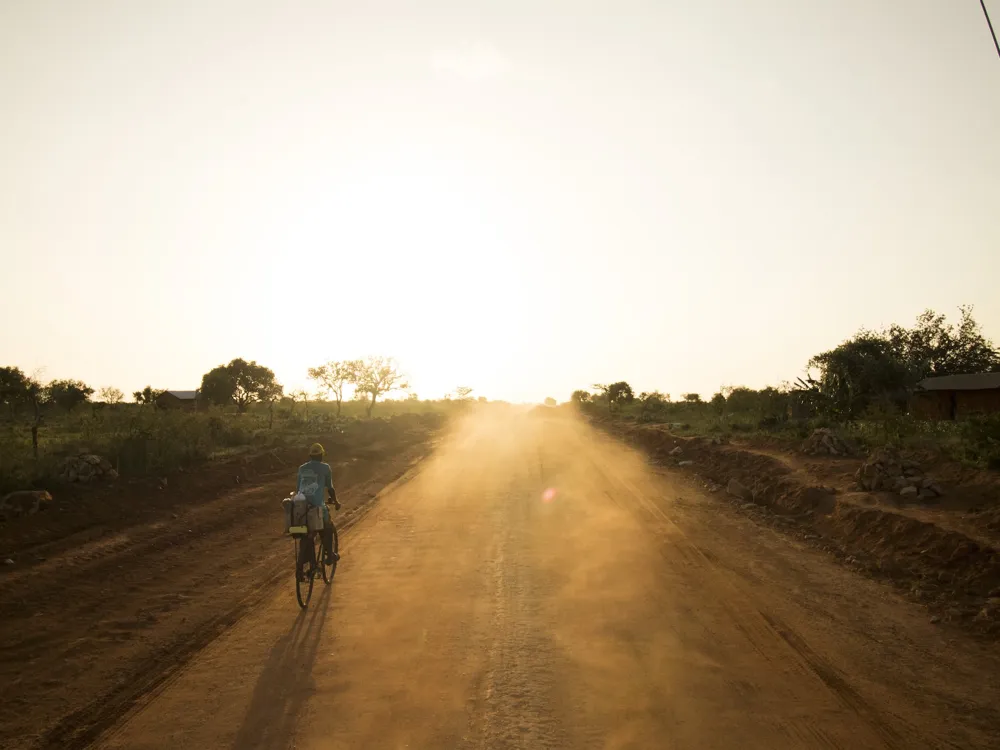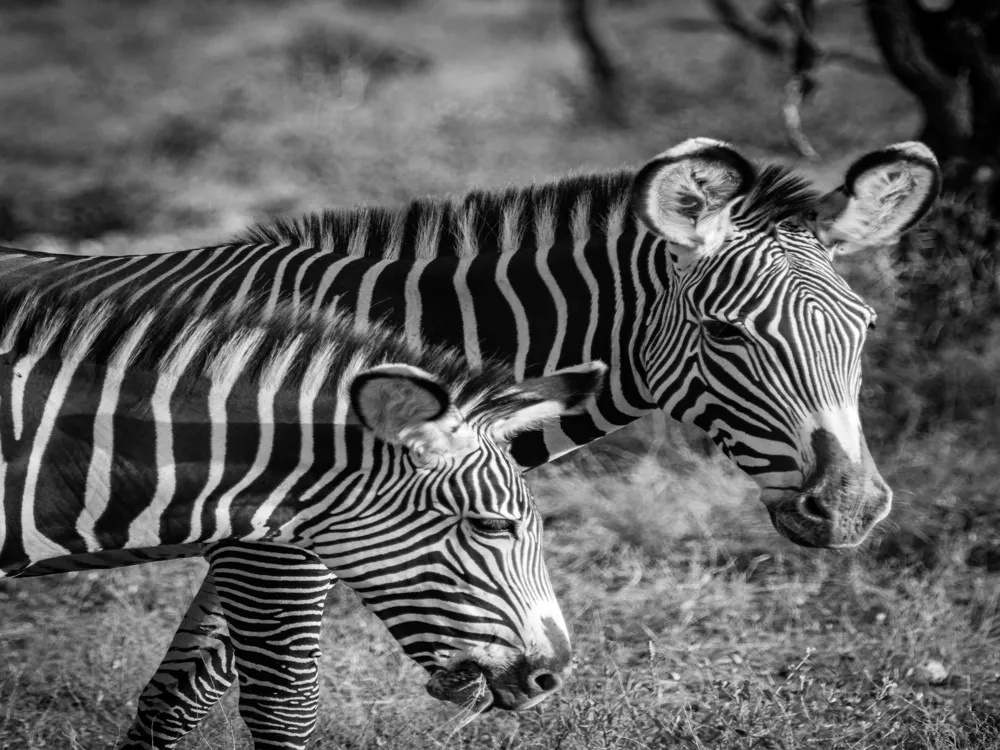Nestled in the leafy suburbs of Nairobi, the Karen Blixen Museum is a beacon of historical and cultural significance. This museum, once the residence of the famed Danish author Karen Blixen, known for her classic book 'Out of Africa', stands as a testament to her life and times in Kenya. The museum is not just a tribute to her literary legacy but also a glimpse into the colonial history of Kenya. Karen Blixen, born in Denmark in 1885, moved to Kenya in 1914, where she spent a significant part of her life. Her house, built in 1912, was purchased by the Danish government and given to Kenya at independence. It was opened as a museum in 1986, coinciding with the release of the Oscar-winning film 'Out of Africa', which was based on her book. The museum attracts not only literature enthusiasts but also those interested in colonial history and architecture. The museum, set on 4,500 acres of land, was initially part of Blixen's coffee plantation. The house's architecture is a blend of late 19th-century bungalow styles, reflecting both English and Danish influences. Visitors can explore the well-preserved rooms, including Blixen's study and dining room, which hold personal belongings and furnishings from her time. The museum's lush gardens are another highlight, offering serene walking paths and picnic spots. The grounds also serve as a venue for art exhibitions, cultural events, and film screenings, fostering a connection between history, art, and community. The Karen Blixen Museum is not just a journey into the past but a living, breathing part of Nairobi's cultural landscape. The Karen Blixen Museum's architecture is a fascinating amalgamation of European styles adapted to the African landscape. The house's structure is predominantly in the style of a late 19th-century bungalow, reflecting the period's architectural trends. Its design shows a blend of both Danish and English architectural influences, which is emblematic of Blixen's own Danish heritage and her life in British East Africa. The museum's layout is simple yet elegant, with spacious rooms, wide verandas, and large windows. The house's design optimizes natural light and airflow, a necessary adaptation to the local climate. The museum has preserved the original structure and layout, including the iconic red-tile roof and yellow-ochre walls. The interior of the house is a journey back in time. Each room is meticulously preserved, with Blixen's personal belongings and period furniture. The study room, where Blixen wrote much of her work, remains a centerpiece, filled with her original writing desk and typewriter. The dining room, with its original furniture, showcases the lifestyle of the colonial era elite. The museum's surrounding gardens are as integral to its architecture as the building itself. The gardens, once part of Blixen's coffee plantation, are now beautifully landscaped with a variety of indigenous plants and flowers. This harmonious blend of building and nature captures the essence of Blixen's love for the Kenyan landscape, making the museum a truly immersive experience. The best time to visit the Karen Blixen Museum is during the dry seasons, from June to October and January to February. These periods offer pleasant weather, making it easier to explore the gardens and the house. Opt for a guided tour to gain deeper insight into Karen Blixen's life and the museum's history. The knowledgeable guides bring the museum to life with stories and anecdotes. Photography is allowed in the museum, but it's advisable to check for any restrictions in certain areas. Remember to respect the privacy of other visitors while taking photos. Comfortable walking shoes are recommended as you'll be exploring both the interiors and the gardens. Dress in layers, as Nairobi's weather can be unpredictable. The museum shop offers a selection of souvenirs, including books by and about Karen Blixen, traditional Kenyan crafts, and other memorabilia. It's a great place to pick up a keepsake or a gift. The Karen Blixen Museum is located in the suburb of Karen, approximately 10 miles from Nairobi city center. It is easily accessible by various means of transportation. Visitors can take a taxi or a hired car from the city center, which is the most convenient option. Public buses are also available, but they might require a bit of walking or an additional short ride to reach the museum. For international visitors, the Jomo Kenyatta International Airport is the nearest airport, and from there, one can hire a taxi or a car to get to the museum. Read More:Overview of Karen Blixen Museum in Nairobi
Architecture of Karen Blixen Museum
Tips When Visiting Karen Blixen Museum
Best Time to Visit
Guided Tours
Photography
What to Wear
Souvenirs and Literature
How To Reach Karen Blixen Museum
Karen Blixen Museum
Nairobi
₹ 62,783 onwards
View nairobi Packages
Weather :
Tags : Museum
Timings : Monday - Saturday: 7:30 AM - 5:30PM,
Sunday: Closed
Entry Fee : Adults - KES 1200,
Children - KES 600
Planning a Trip? Ask Your Question
Nairobi Travel Packages
View All Packages For Nairobi
Top Hotel Collections for Nairobi

Private Pool

Luxury Hotels

5-Star Hotels

Pet Friendly
Top Hotels Near Nairobi
Other Top Ranking Places In Nairobi
View All Places To Visit In nairobi
View nairobi Packages
Weather :
Tags : Museum
Timings : Monday - Saturday: 7:30 AM - 5:30PM,
Sunday: Closed
Entry Fee : Adults - KES 1200,
Children - KES 600
Planning a Trip? Ask Your Question
Nairobi Travel Packages
View All Packages For Nairobi
Top Hotel Collections for Nairobi

Private Pool

Luxury Hotels

5-Star Hotels

Pet Friendly









